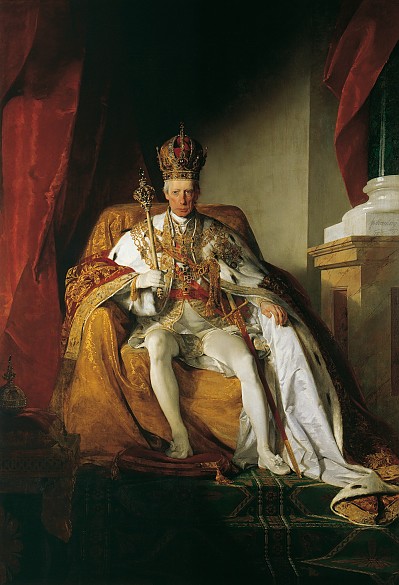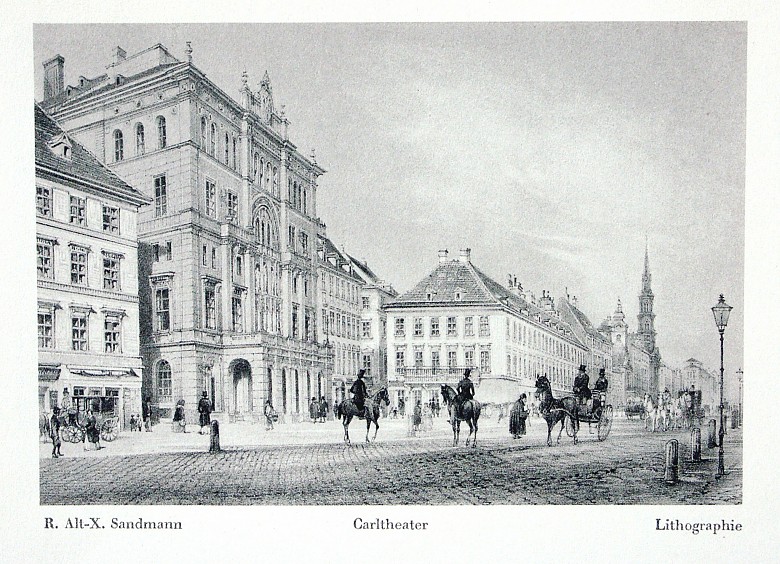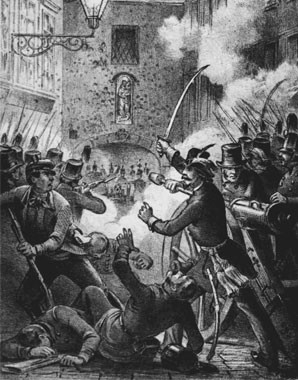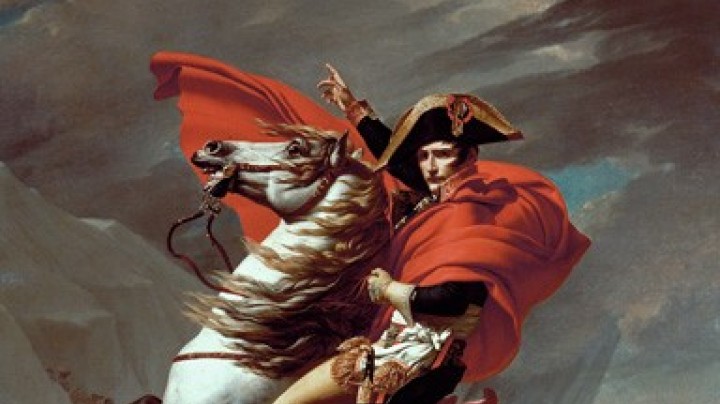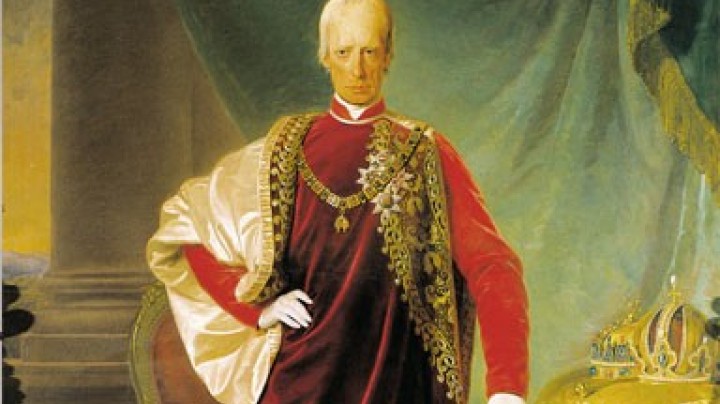Serious and dangerous entertainments
Under Franz II (I) the principle of censorship until 1848 was ‘to amuse people from all classes in honest fashion and to keep them from other serious and dangerous entertainments’. For their part, audiences were more interested in the stars of the stage.
During the Biedermeier era and the Vormärz period the Burgtheater was a domain of the court. While classics of world literature were performed, they were mostly abridged and bowdlerized or otherwise watered down. Far more important than their artistic message was the question of their ‘appropriateness’, an aspect that was strictly vetted by the censor’s office. In order to avoid undesirable reactions from the audience, the members of the ensemble were not permitted to appear before the curtain after a performance to take a bow. The German classics were censored to varying degrees: Friedrich von Schiller’s plays were regarded as having ‘a revolutionary, anti-Austrian and anti-imperial tendency’ and thus suffered particularly severe mutilation – if performed at all – by being ‘purged of all improprieties’. Gotthold Ephraim Lessing’s works were only performed in adaptations: all religious references were excised from his play Nathan the Wise in order not ‘to spread religious doubt among the common people’.
In the nineteenth century the focus of the audiences’ interest lay not so much in the plays that were performed but in the actors, the darlings of the public, who were important figures in society. The head of the court theatre, Landgrave von Fürstenberg, expressed his opinion of the theatre-going public in less than flattering terms: ‘The audience is bored by elevated bombast; it wants only to be gently moved or roused to laughter’. For a long time, the Burgtheater attracted the ‘finest’ German actors, who thus became a model for other stages.
The city’s love of music and theatre led to the founding of numerous theatres from the end of the eighteenth century onwards. One of these was the Leopoldstädter Theater, established in 1791 on the far side of the Danube Channel, which put on performances of popular plays with musical interludes, or the Theater an der Wien and the Theater in der Josefstadt, built in 1788.
